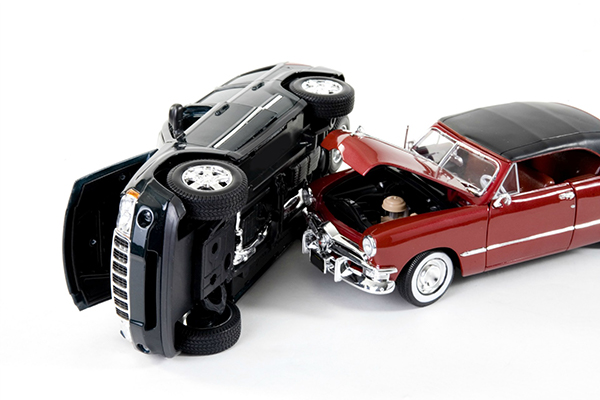No one wants to think about the possibility of crashing and totaling a car when purchasing a new one, but it’s a reality that many people will unfortunately face. Most insurance carriers only cover the cost of the value of the car the day before the accident that caused a total loss. Often, you’re at the mercy of a claims adjuster, and even if you hire your own as an arbiter, your policy will most likely only cover what the car would’ve been worth had you not totaled it. This all begs the question, Do you really need loan lease gap and total loss replacement coverage?
This standard coverage is fine unless you owe more than the depreciated value of the car. For instance, if you total your car just a few months after purchasing it, you will likely owe more than the depreciated value, since most of your early payments on a car go towards interest and not principal. You may also owe more than the value of the car if you’ve purchased an extended warranty or paid zero down when leasing or financing the car.
It’s often when disaster strikes that most people realize they are buried in their contract. So, what is the best way to prevent going into debt if you have a terrible accident?
The Truth about Loan-Lease Gap Coverage
LoanÂ-lease gap coverage is something that can be added to an existing policy to help people who may owe more than their car’s value. This coverage can be the solution to settling an outstanding finance or lease contract.
In order to qualify for loan-lease gap coverage, your premium must be paid.
Usually, you’ll want to avoid buying this coverage from car dealers, who sell the policy for whatever amount they want or what they think their customer can pay. Often, dealers charge double what the insurance company charges or even more!
Car dealers are generally more concerned about how the finance company will fare in the end than how the charges will impact the customer, so it’s a good bet to buy this sort of coverage from an insurance carrier directly.
The Truth about Total Loss Replacement Coverage
This neat little add-on policy will pay out the finance company without depreciation deductions. For instance, if you were in a collision and your battery needs to be replaced with a new one, most policies make you pay the difference between what the old battery was worth and the price of the new replacement battery.
Often, this policy will also replace a car that has been totaled with a brand new car of the same or similar make and model.
This coverage can only be added on within 30 days of purchasing a brand new car. It is also only good for three years after the purchase date.
Total Loss Replacement coverage usually only applies to total losses that are a result of a collision. Other factors like fire, theft and flood loss usually don’t qualify the owner of the car for its benefits.
The information in this article was obtained from various sources. This content is offered for educational purposes only and does not represent contractual agreements, nor is it intended to replace manuals or instructions provided by the manufacturer or the advice of a qualified professional. The definitions, terms, and coverage in a given policy may be different than those suggested here and such policy will be governed by the language contained therein. No warranty or appropriateness for a specific purpose is expressed or implied.


